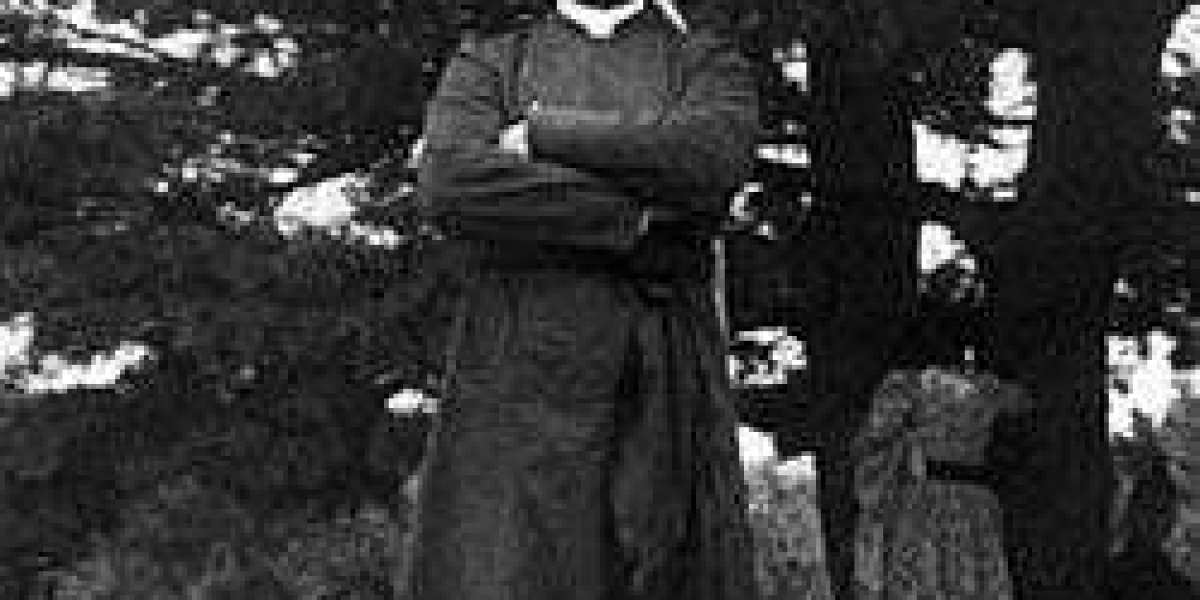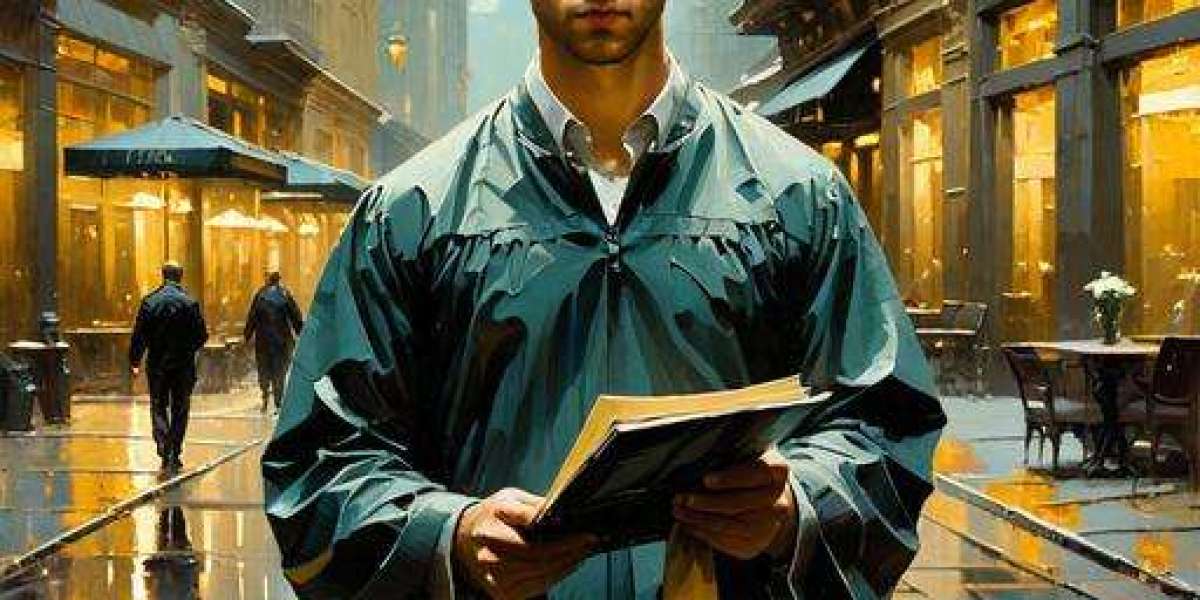Swami Vivekananda[a] (12 January 1863 – 4 July 1902), born Narendranath Datta[b] was an Indian Hindu monk, philosopher, author, religious teacher, and the chief disciple of the Indian mystic Ramakrishna.[4][5] He was a key figure in the introduction of Vedanta and Yoga to the Western world.[6][7][8] He is credited with raising interfaith awareness and bringing Hinduism to the status of a major world religion in the late nineteenth century.[9]
Born into an aristocratic Bengali Kayastha family in Calcutta, Vivekananda was inclined from a young age towards religion and spirituality. At the age of 18 he met Ramakrishna, later becoming a devoted follower and sannyasin (renunciate). After the death of Ramakrishna, Vivekananda toured the Indian subcontinent as a wandering monk and acquired first-hand knowledge of the often terrible living conditions of Indian people in then British India. In 1893 he traveled to the United States where he participated in the Parliament of Religions in Chicago. Here he delivered a famous speech beginning with the words: "Sisters and brothers of America ..." introducing the ancient Hindu religious tradition to Americans and speaking forcefully about the essential unity of all spiritual paths, and the necessity of embracing tolerance and renouncing fanaticism.[10][11] The speech made an extraordinary impression. One American newspaper described him as "an orator by divine right and undoubtedly the greatest figure at the Parliament".[12]
After the great success of the Parliament, Vivekananda delivered hundreds of lectures across the United States, England, and Europe, disseminating the core tenets of Hindu philosophy. He founded the Vedanta Society of New York and the Vedanta Society of San Francisco (now Vedanta Society of Northern California),[13] which became the foundations for Vedanta Societies in the West. In India, he founded the Ramakrishna Math, which provides spiritual training for monastics and householders, and the Ramakrishna Mission, which provides charity, social work and education.[7]
Vivekananda is widely regarded as one of the greatest figures of modern India. He was one of the most influential philosophers and social reformers of his time, and the most successful missionary of Vedanta to the Western world. He was a major force in contemporary Hindu reform movements and in the development of nationalism in colonial India.[14] He is considered to be a patriotic saint. His birthday is celebrated in India as National Youth Day.[15][16]
Early life (1863–1888)
Birth and childhood

Vivekananda was born as Narendranath Datta (name shortened to Narendra or Naren)[18] in a Bengali Kayastha family[19][20] in his ancestral home at 3 Gourmohan Mukherjee Street in Calcutta,[21] the capital of British India, on 12 January 1863 during the Makar Sankranti festival.[22] He was one of nine siblings.[23] His father, Vishwanath Datta, was an attorney at the Calcutta High Court.[19][24] Durgacharan Datta, Narendra's grandfather was a Sanskrit and Persian scholar[25] who left his family and became a monk at age twenty-five.[26] His mother, Bhubaneswari Devi, was a devout housewife.[25] The progressive, rational attitude of Narendra's father and the religious temperament of his mother helped shape his thinking and personality.[27][28] Narendranath was interested in spirituality from a young age and used to meditate before the images of deities such as Shiva, Rama, Sita, and Hanuman.[29] He was fascinated by wandering ascetics and monks.[28] Narendra was mischievous and restless as a child, and his parents often had difficulty controlling him. His mother said, "I prayed to Shiva for a son and he has sent me one of his demons".[26]
Education
In 1871, at the age of eight, Narendranath enrolled at Ishwar Chandra Vidyasagar's Metropolitan Institution, where he went to school until his family moved to Raipur in 1877.[30] In 1879, after his family's return to Calcutta, he was the only student to receive first-division marks in the Presidency College entrance examination.[31] He was an avid reader in a wide range of subjects, including philosophy, religion, history, social science, art and literature.[32] He was also interested in Hindu scriptures, including the Vedas, the Upanishads, the Bhagavad Gita, the Ramayana, the Mahabharata and the Puranas. Narendra was trained in Indian classical music,[33] and regularly participated in physical exercise, sports and organised activities. He studied Western logic, Western philosophy and European history at the General Assembly's Institution (now known as the Scottish Church College).[34] In 1881, he passed the Fine Arts examination, and completed a Bachelor of Arts degree in 1884.[35][36] Narendra studied the works of David Hume, Immanuel Kant, Johann Gottlieb Fichte, Baruch Spinoza, Georg W. F. Hegel, Arthur Schopenhauer, Auguste Comte, John Stuart Mill and Charles Darwin.[37][38] He became fascinated with the evolutionism of Herbert Spencer and corresponded with him.[39][40] He translated Spencer's book Education (1861) into Bengali.[41] While studying Western philosophers, he also learned Sanskrit scriptures and Bengali literature.[38]
William Hastie (the principal of Christian College, Calcutta, from where Narendra graduated) wrote of him: "Narendra is really a genius. I have travelled far and wide but I have never come across a lad of his talents and possibilities, even in German universities, among philosophical students. He is bound to make his mark in life".[42] He was known for his prodigious memory and speed reading ability, and a number of anecdotes attest to this.[43] Some accounts have called Narendra a shrutidhara (a person with a prodigious memory).[44]
Initial spiritual forays
In 1880, Narendra joined Keshab Chandra Sen's Nava Vidhan, which was established by Sen after meeting Ramakrishna Paramahamsa and reconverting from Christianity to Hinduism.[45] Narendra became a member of a Freemasonry lodge "at some point before 1884"[46] and of the Sadharan Brahmo Samaj in his twenties, a breakaway faction of the Brahmo Samaj led by Keshab Chandra Sen and Debendranath Tagore.[45][34][47][48] From 1881 to 1884, he was also active in Sen's Band of Hope, which tried to discourage youths from smoking and drinking.[45]
It was in this cultic milieu that Narendra became acquainted with Western esotericism.[49] His initial beliefs were shaped by Brahmo concepts, which denounced polytheism and caste restrictions,[29][50] and proposed a "streamlined, rationalized, monotheistic theology strongly coloured by a selective and modernistic reading of the Upanisads and of the Vedanta."[51] Rammohan Roy, the founder of the Brahmo Samaj who was strongly influenced by unitarianism, strove towards a universalistic interpretation of Hinduism.[51] His ideas were "altered [...] considerably" by Debendranath Tagore, who had a romantic approach to the development of these new doctrines, and questioned central Hindu beliefs like reincarnation and karma, and rejected the authority of the Vedas.[52] Tagore, and later Sen, also brought this "neo-Hinduism" closer in line with western esotericism.[53] Sen was influenced by transcendentalism, an American philosophical-religious movement strongly connected with unitarianism, which emphasised personal religious experience over mere reasoning and theology.[54] Sen's focus on creating "an accessible, non-renunciatory, everyman type of spirituality" that introduced "lay systems of spiritual practice" was an influence on the teachings Vivekananda later popularised in the west.[55]
Not satisfied with his knowledge of philosophy, Narendra came to "the question which marked the real beginning of his intellectual quest for God."[47] He asked several prominent Calcutta residents if they had come "face to face with God", but none of their answers satisfied him.[56][36] At this time, Narendra met Debendranath Tagore (the leader of Brahmo Samaj) and asked if he had seen God. Instead of answering his question, Tagore said, "My boy, you have the Yogi's eyes."[47][41] According to Banhatti, it was Ramakrishna who first truly answered Narendra's question, by saying "Yes, I see Him as I see you, only in an infinitely intenser sense."[47] De Michelis, however, suggests that Vivekananda was more influenced by the Brahmo Samaj and its new ideas than by Ramakrishna.[55] According to De Michelis, it was Sen's influence that brought Vivekananda fully into contact with western esotericism, and it was via Sen that he met Ramakrishna.[57] Swami Medhananda agrees that the Brahmo Samaj was a formative influence,[58] but affirms that "it was Narendra's momentous encounter with Ramakrishna that changed the course of his life by turning him away from Brahmoism."[59]
Meeting Ramakrishna
Narendra first met Ramakrishna in 1881. When Narendra's father died in 1884, Ramakrishna became his primary spiritual focus.[60]
Narendra's introduction to Ramakrishna occurred in a literature class at General Assembly's Institution, when Professor William Hastie was lecturing on William Wordsworth's poem, The Excursion.[50] While explaining the word "trance" in the poem, Hastie suggested that his students visit Ramakrishna of Dakshineswar to understand the true meaning of trance. This prompted Narendra, among others in the class, to visit Ramakrishna.[61][62][63]
They probably first met personally in November 1881,[note 1] though Narendra did not consider this their first meeting, and neither man mentioned this meeting later.[61] At the time, Narendra was preparing for his upcoming F. A. examination. Ram Chandra Datta accompanied him to Surendra Nath Mitra's house where Ramakrishna had been invited to deliver a lecture.[65] According to Makarand Paranjape, at this meeting Ramakrishna asked Narendra to sing. Impressed by his talent, he asked Narendra to come to Dakshineshwar.[66]
Narendra went to Dakshineswar in late 1881 or early 1882 and met Ramakrishna.[61] This meeting proved to be a turning point in his life.[67] Although he did not initially accept Ramakrishna as his teacher and rebelled against his ideas, he was attracted by his personality and frequently visited him.[68] He initially saw Ramakrishna's ecstasies and visions as "mere figments of imagination"[27] and "hallucinations".[69] As a member of Brahmo Samaj, he opposed idol worship, polytheism, and Ramakrishna's worship of Kali.[70] He even rejected the Advaita Vedanta teaching of "identity with the absolute" as blasphemy and madness, and often ridiculed the idea.[69] Ramakrishna was unperturbed and advised him: "Try to see the truth from all angles".[68]
Narendra's father's sudden death in 1884 left the family bankrupt; creditors began demanding the repayment of loans, and relatives threatened to evict the family from their ancestral home. Once the son of a well-to-do family, Narendra became one of the poorest students in his college.[71] His attempts to find work were unsuccessful. He questioned God's existence,[72] but found solace in Ramakrishna, and his visits to Dakshineswar increased.[73]









